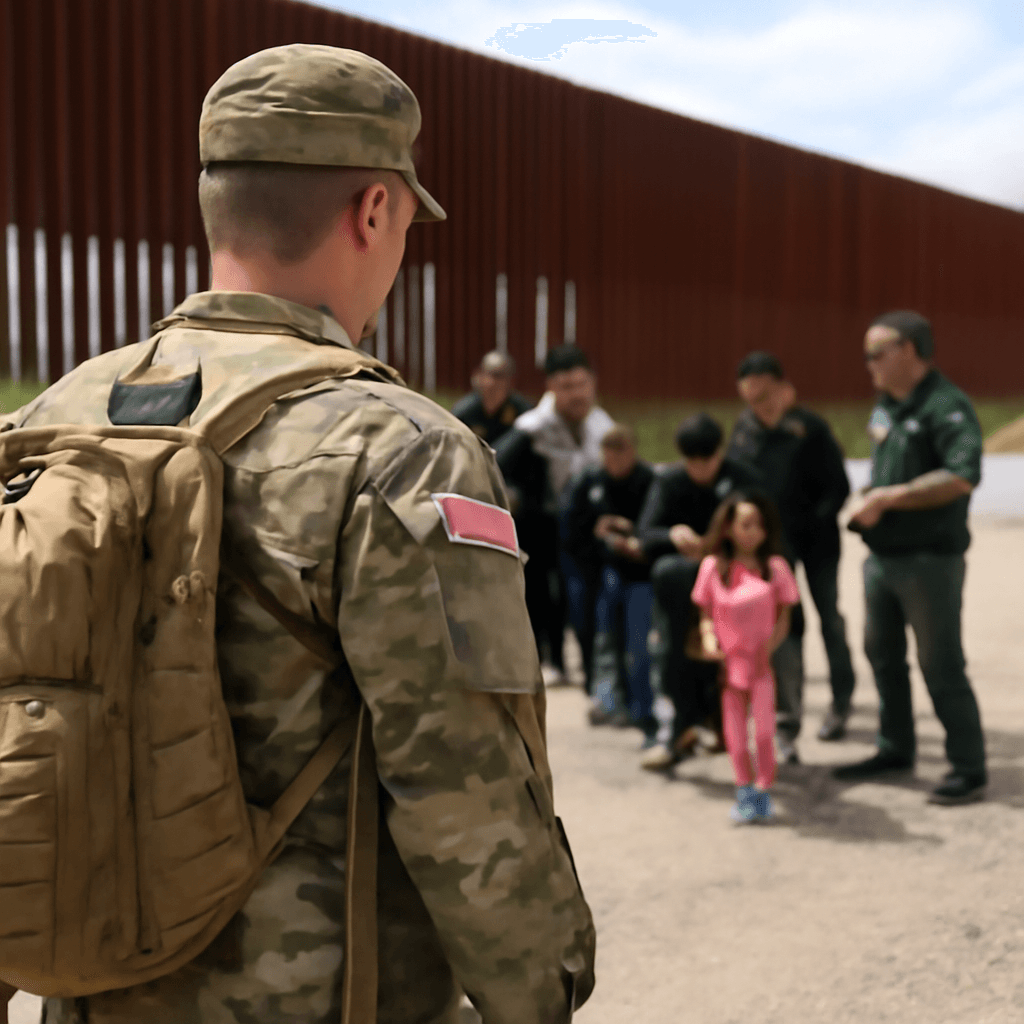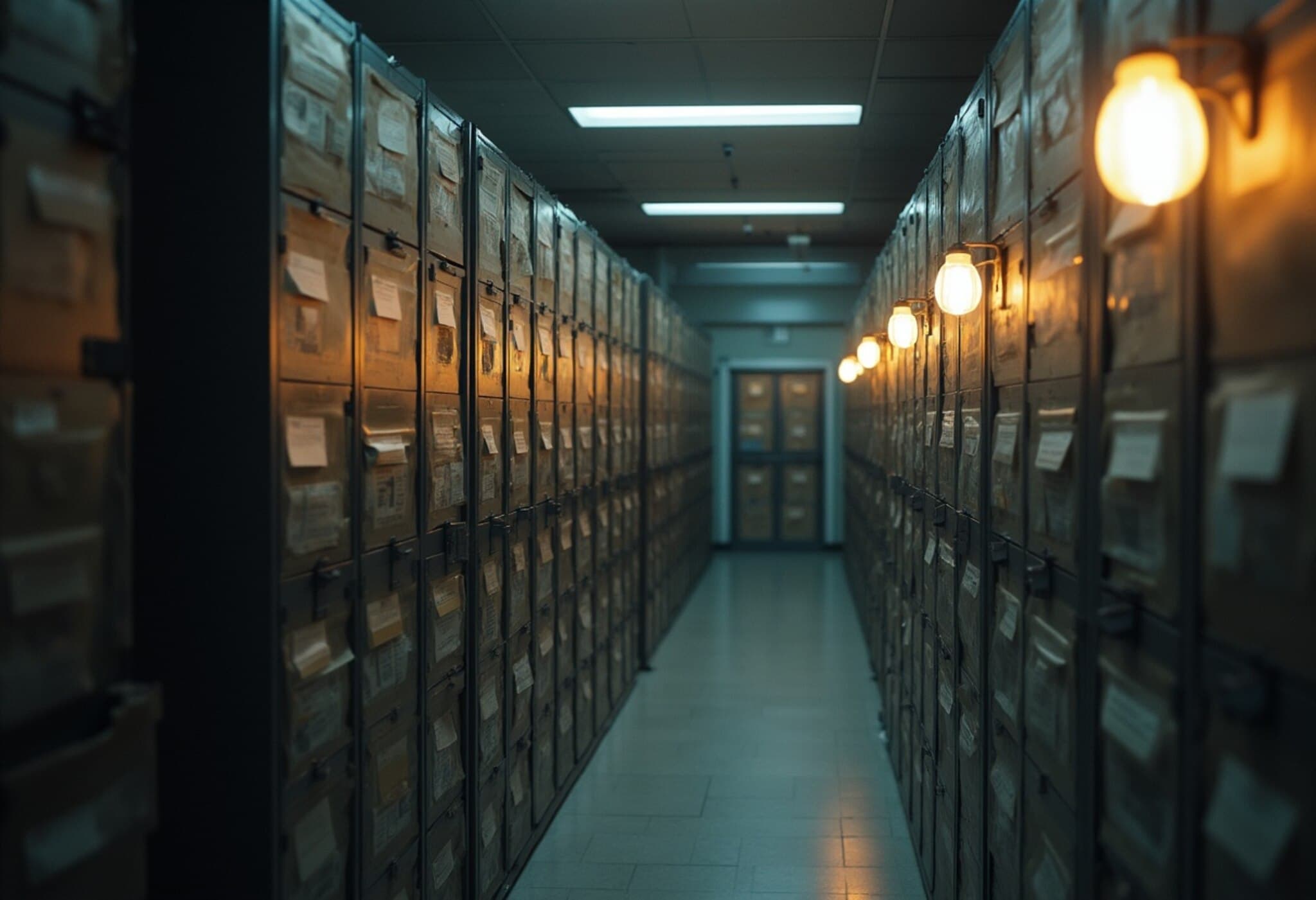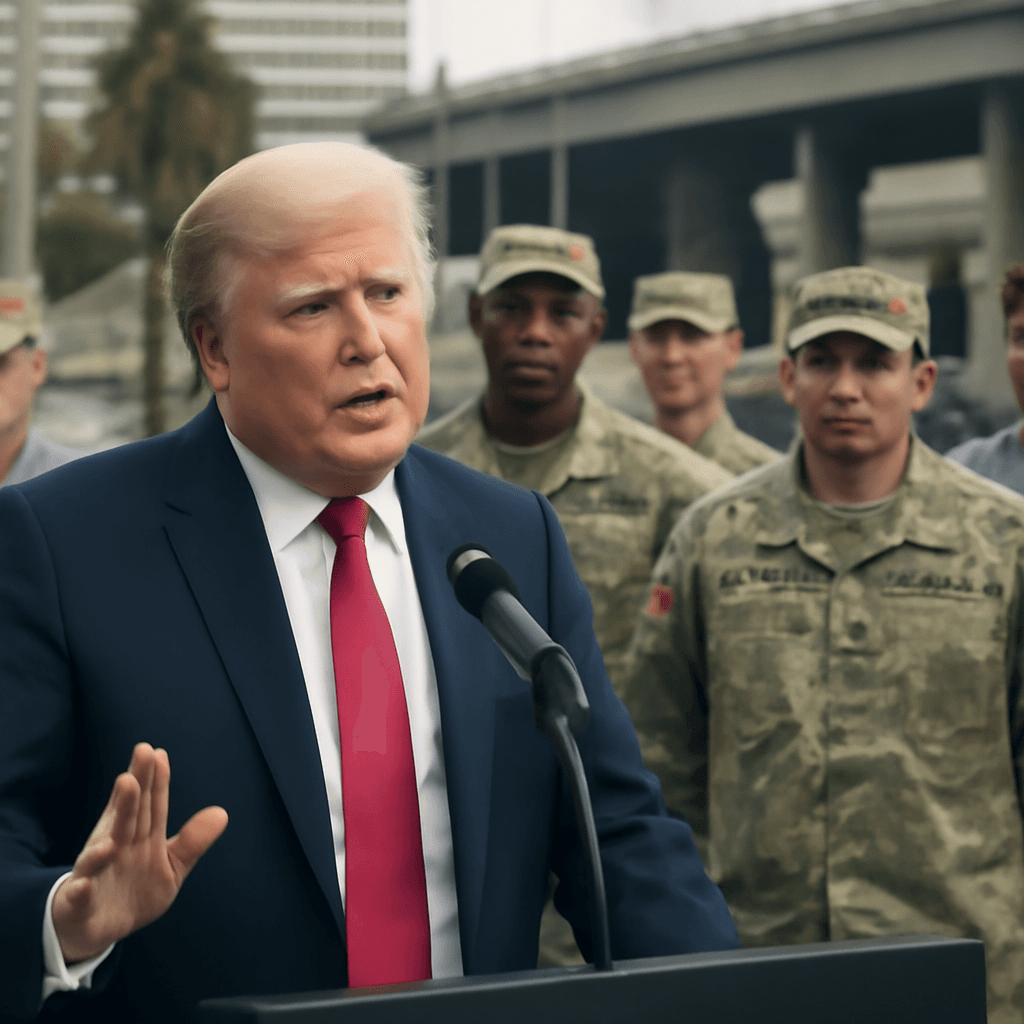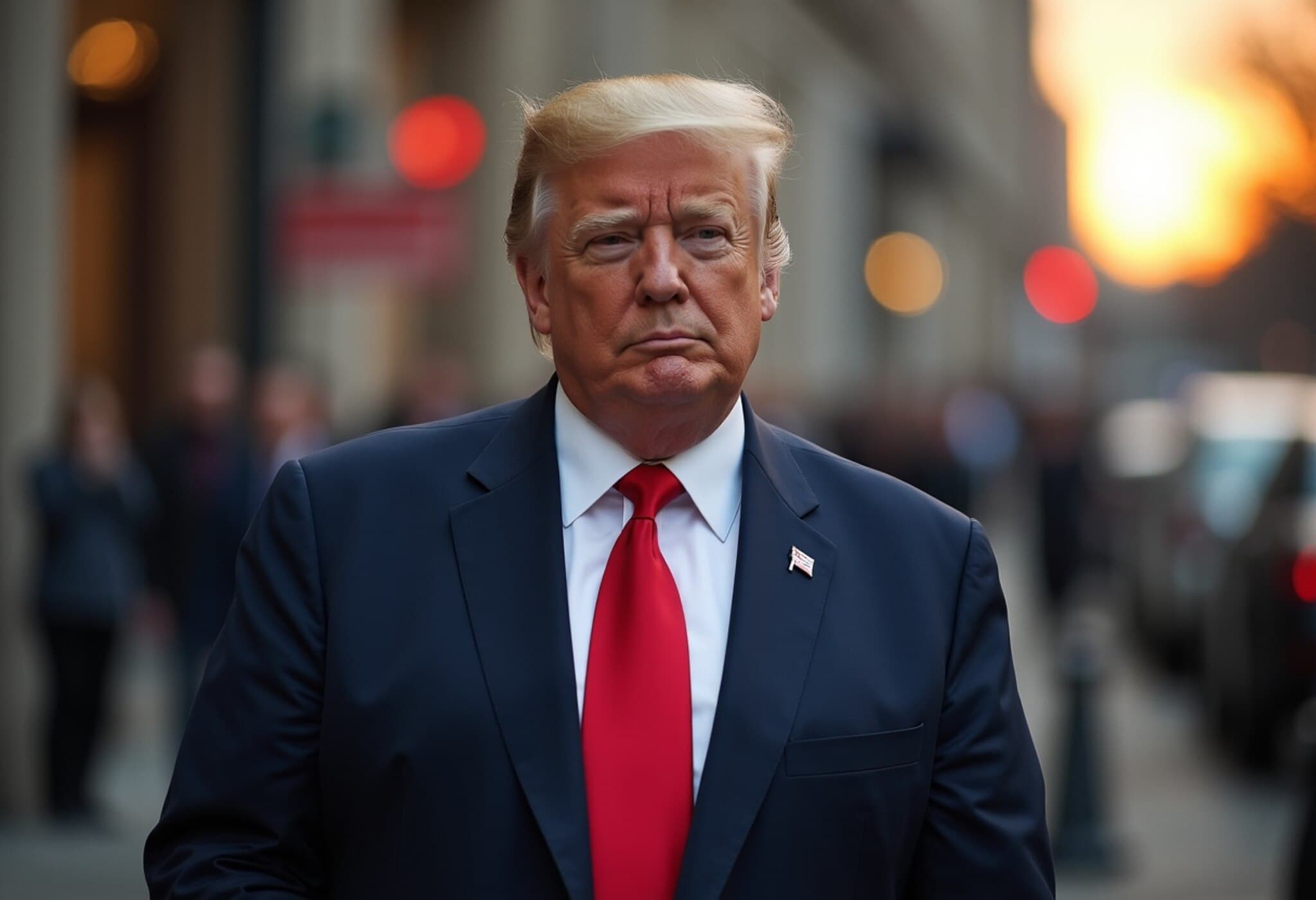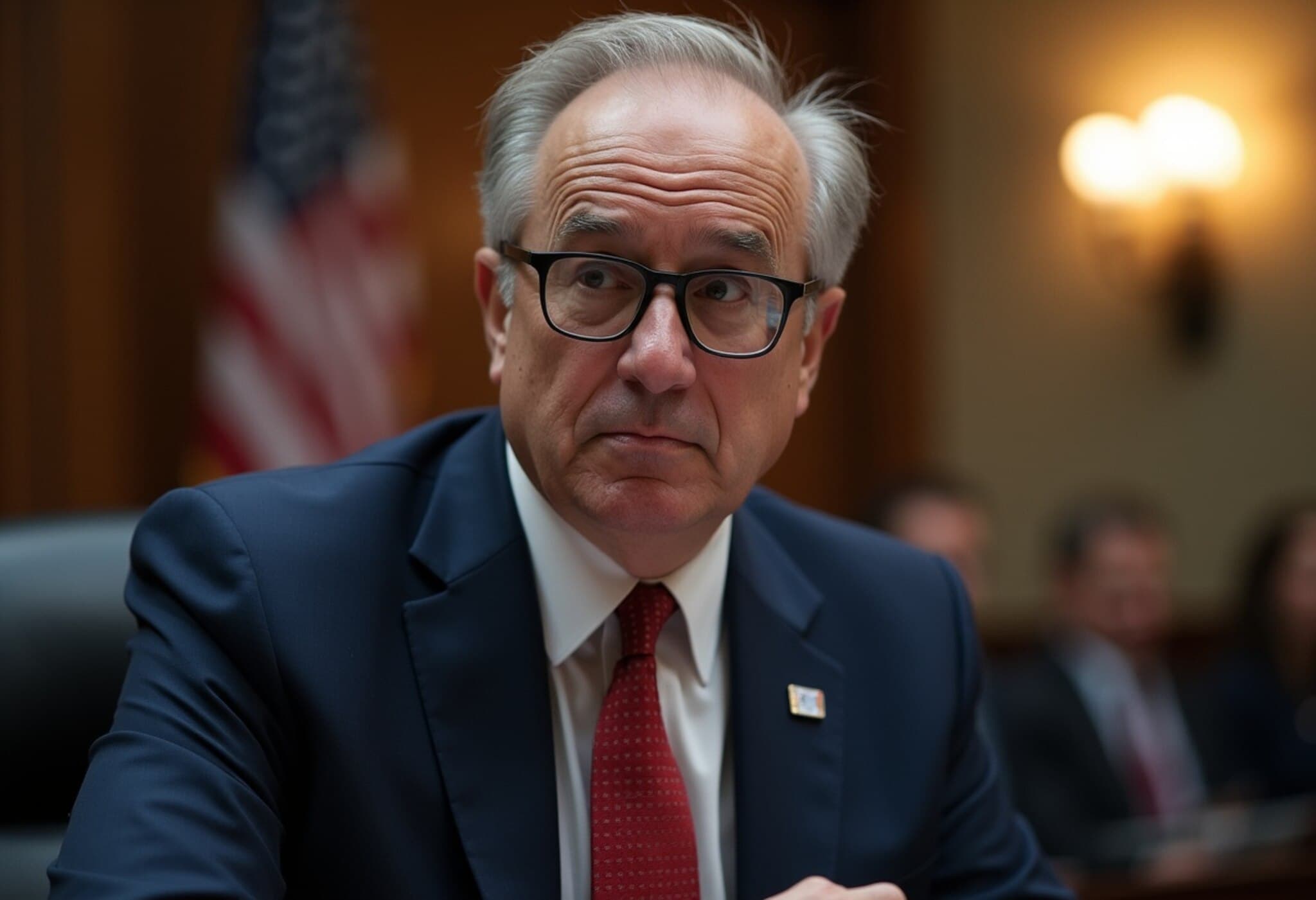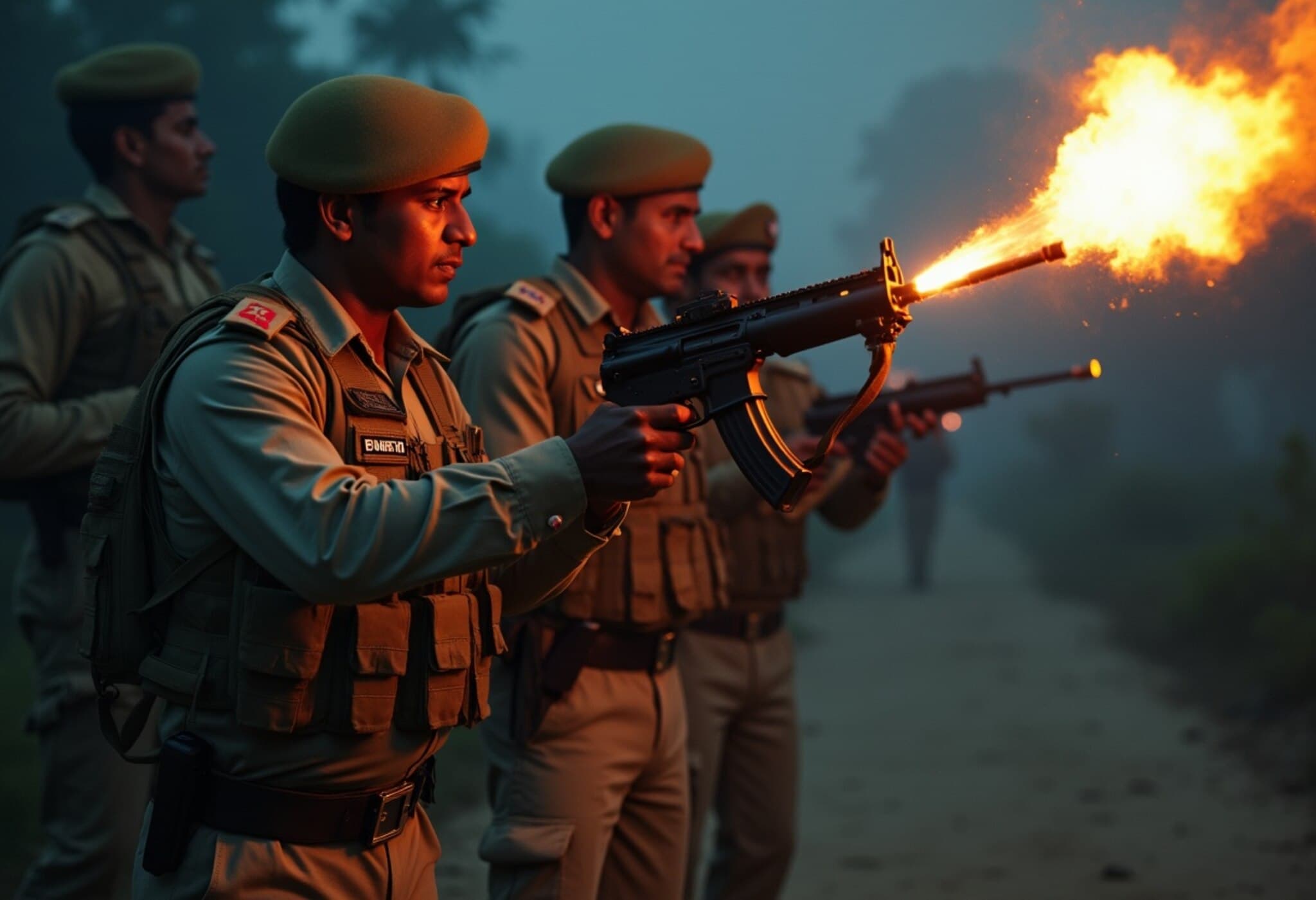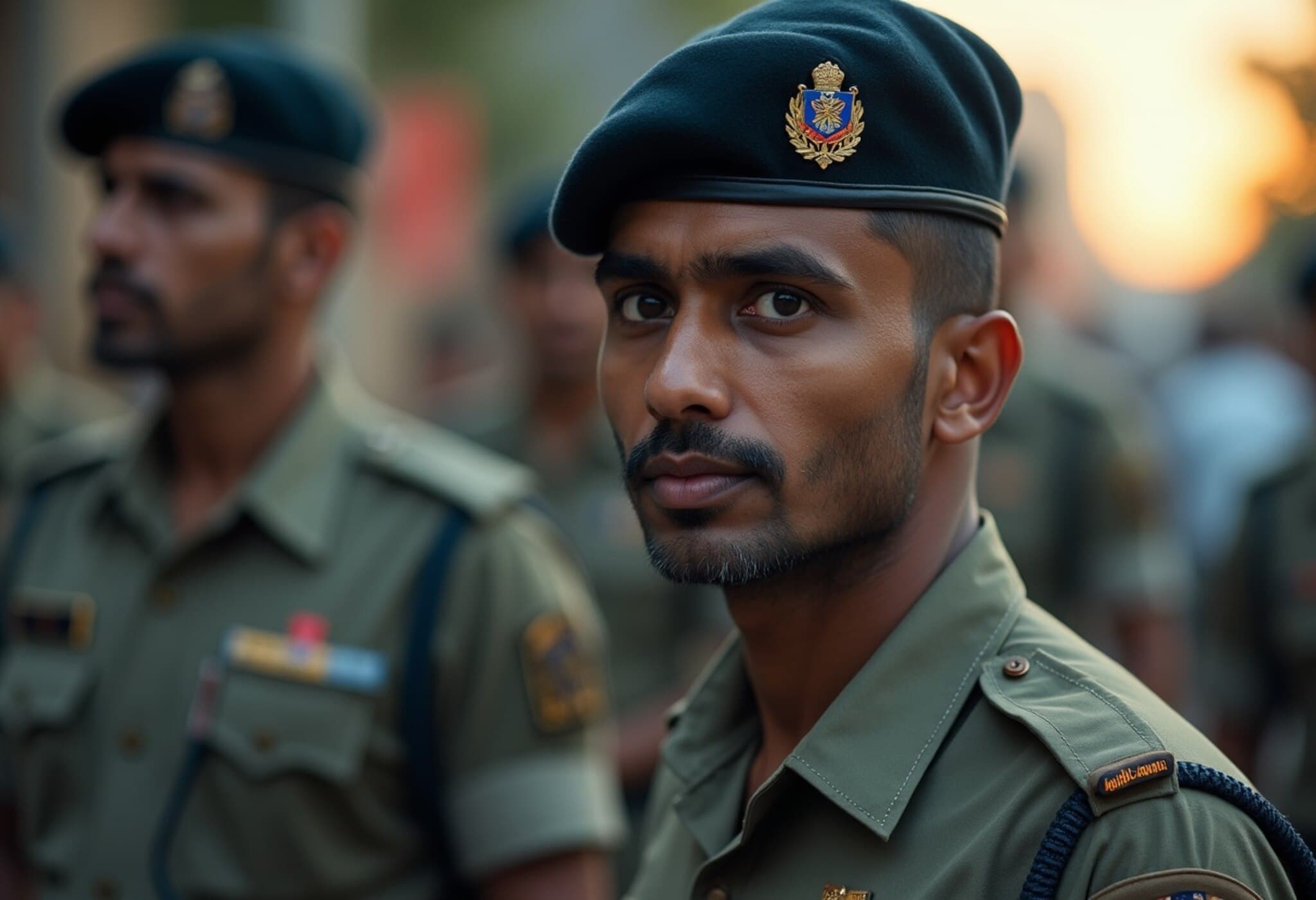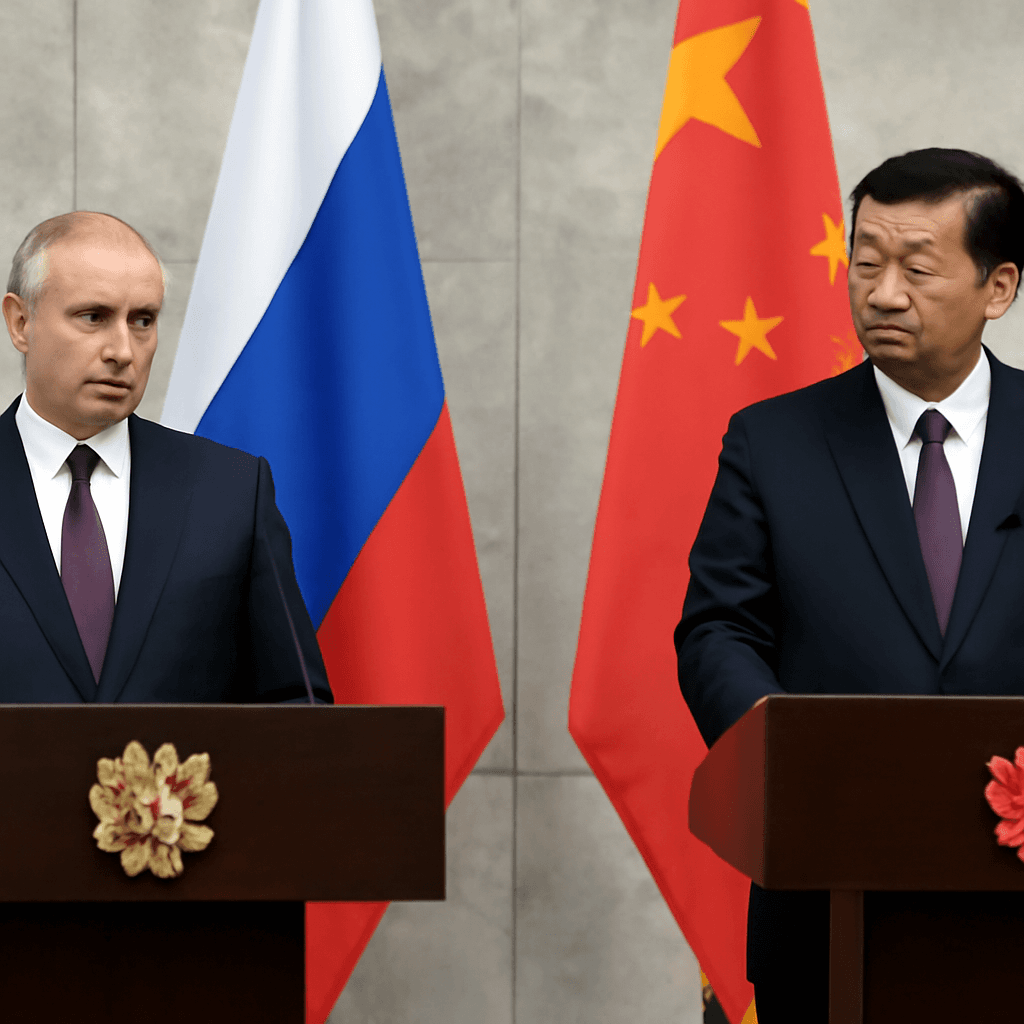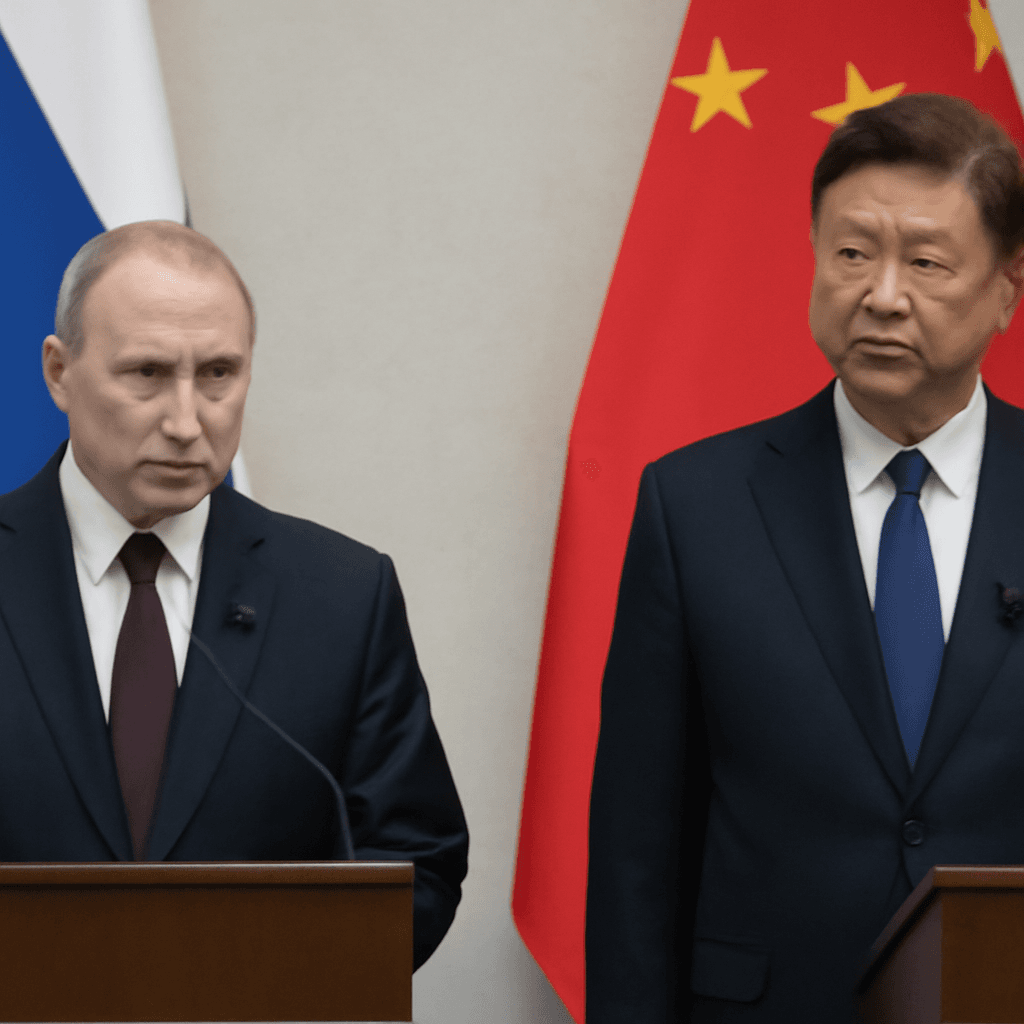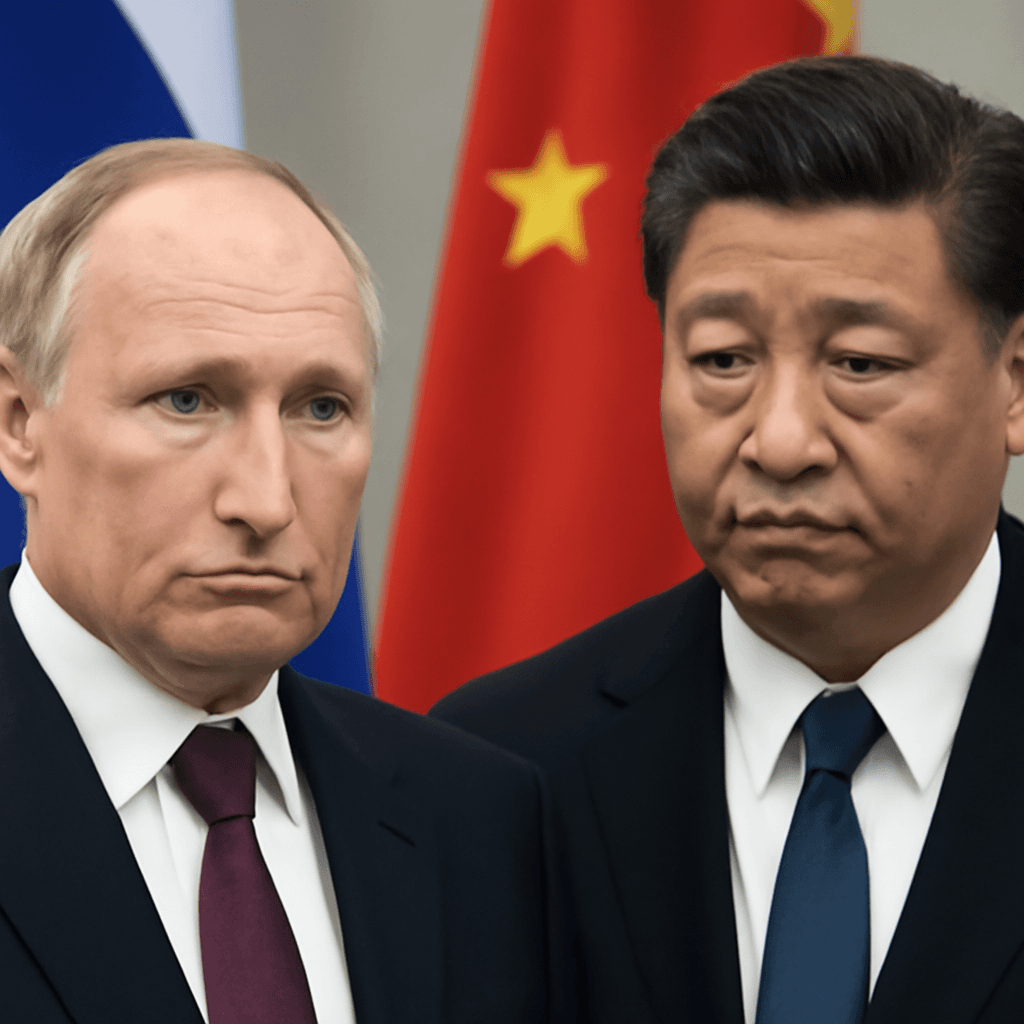From Mumbai to Military Secrets: The Journey of Noshir Gowadia
Born in Mumbai in 1944, Noshir Gowadia pursued aeronautical engineering by moving to the United States in the early 1960s. His expertise earned him a coveted position at Northrop Grumman, where he contributed significantly to the design of the B-2 Spirit stealth bomber, a technological marvel that cemented US air superiority during and after the Cold War.
The Pioneering Stealth Technology and Its Global Impact
Stealth technology, first developed by the US in 1958, revolutionized aerial combat by minimizing aircraft detection through radar and infrared sensors. The B-2 Spirit, equipped with advanced features to reduce visibility and heat emission, exemplifies this breakthrough. To this day, only the United States, Russia, and China maintain stealth capabilities—though China’s emergence as a stealth power in 2011 raised suspicions about the source of its technology.
Gowadia’s Role in Advancing the B-2 Bomber
During his tenure at Northrop Grumman, Gowadia was instrumental in refining the bomber's radar absorption materials, exhaust configurations, and propulsion systems, making it one of the most elusive aircraft ever built. His technical contributions enhanced the aircraft's ability to evade both detection and heat signatures, demonstrating his high-level expertise in stealth mechanics.
Espionage and the Fallout
More than a decade after retiring from Northrop Grumman in the late 1980s, Gowadia remained involved as a government contractor, retaining access to sensitive information until his security clearance was revoked in 1997. Nonetheless, investigations later uncovered that he had traveled to China multiple times in the early 2000s, where he provided classified United States military secrets.
He was arrested in 2005 following one of these visits and eventually convicted in 2010 on 14 charges, including espionage, conspiracy, violations of arms export laws, tax evasion, and money laundering. His sentence? A hefty 32 years in prison.
Details of the Espionage Case
- Gowadia reportedly received large sums of money from Chinese sources, which financed luxury property purchases in Hawaii.
- Evidence showed he visited Chinese military sites, briefing officials on stealth missile components and aircraft design flaws.
- He even demonstrated simulated missile effectiveness, exposing critical secrets about American air-to-air weaponry.
Defense Arguments and Government Response
During court proceedings, the defense claimed that information Gowadia shared was either publicly available or over-classified with no intent to harm the US, arguing he sought only to push aerospace technology forward. However, prosecutors countered that the data compromised national security by handing China a shortcut to stealth technology advances.
Legacy and Lessons
Aside from China, Gowadia was also found to have shared sensitive data with Germany and Switzerland. His lengthy prison sentence underscored the gravity of compromising national defense secrets for personal gain. Officials emphasized that this case stands as a stern warning against espionage.
Intriguingly, just months after his conviction, China tested its first stealth fighter in January 2011, followed by the 2016 unveiling of its H-20 long-range stealth bomber, bearing a striking resemblance to the US B-2 Spirit. Details of China’s ongoing stealth developments remain tightly guarded.
Conclusion
Noshir Gowadia’s story reflects the complex interface of innovation, loyalty, and national security. While he once helped define the cutting edge of stealth aviation, his actions brought critical military secrets into foreign hands, altering the global stealth technology landscape.


